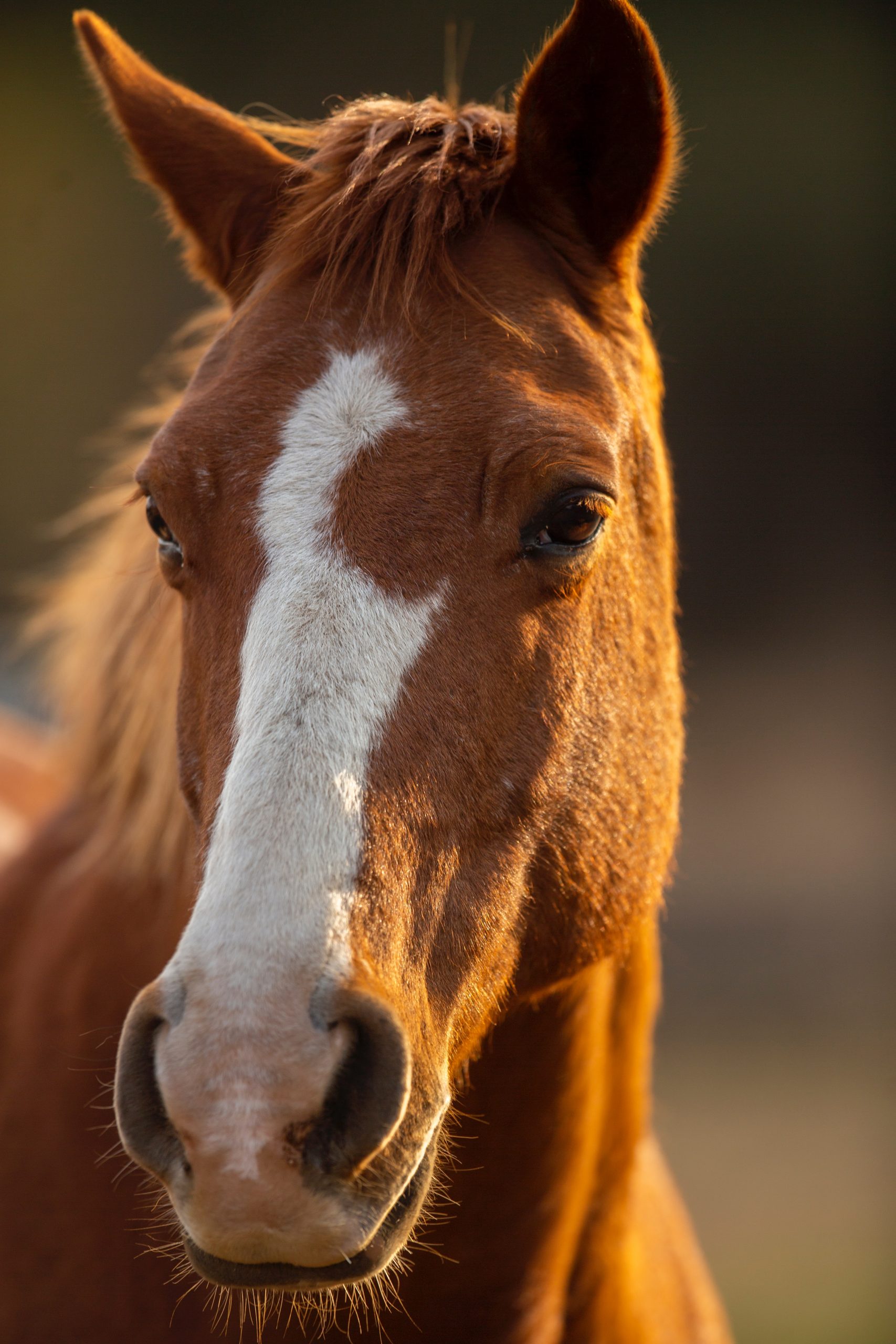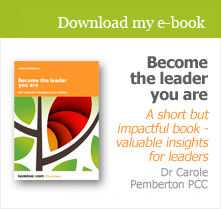The horse, leadership and me

No room to move forward
In a paddock near Leamington Spa, I’m leading a horse on a rope. We’re making steady progress round the edge until the horse stops to nibble some grass just on the other side of the fence, and I find myself between horse and fence, with no room to move forward. What to do? I have zero familiarity with horses, and – in that moment – zero inspiration.
Being in relationship and being curious
I’m here with a group of colleagues, learning about experiential leadership with executive coach and developer of leaders and teams, Jude Jennison, and her herd of horses. I’ve already learnt from her that with a horse it’s critical to be in relationship (and useful to be able to identify how that manifests in your body), to be curious, to be present, to respect the horse’s freedom to choose and to offer clear direction. What won’t work is to be concerned about your competence or performance, because the horse will instantly pick up on your insecurity and will feel unsafe. And it’s hard to be in relationship when lack of safety is there. Quite a lot like humans, really, except that with a horse there’s no judgment.
Emotional connection and trust
Back to the paddock. The horse continues to munch contentedly – and I’m wondering how to extricate myself from a less than productive situation. Remembering Jude’s advice, I regain a sense of emotional connection with the horse, thinking of him as a partner, rather than a being that I need to ‘make’ do something. Miraculously (or so it seems) the horse finishes with the grass and we continue our walk at a steady pace. I feel calm and safe – no sense of control, no sense of anticipation, but a definite sense of being ‘with’ my companion. I feel ’myself’ – nothing to anticipate or fear in the next minutes, but a striking sense of trust in both the horse and myself.
Space and freedom
I arrive back at where Jude and my colleagues are waiting, reflective about times when I’ve found myself in a corner in a leadership context, not knowing how to move forward. Jude’s insight about the importance of allowing the horse space and freedom so that together we can fulfil the task feels like an important illumination. I remain almost overawed by the link between the horse picking up on my state and our mutual accomplishment of our mission – and by the parallels for the leadership of teams.
Teamwork
Later in the day the manifestation of teamwork becomes even more striking. Teams of five of us – a horse and four humans – are invited to walk under, over or through simple obstacles – stepping over a horizontal pole, between barrels or under bunting. One of us is the leader, creating and maintaining the path ahead: if they look backwards they risk meddling. Two of us are either side of the horse, and one is at the back. The leader can’t see those behind, those either side of the horse can’t see each other because the horse is obscuring the view. In organisational terms these are those who execute and those who coach. The team member at the back can see everything that’s going on from multiple perspectives. This position at the back is equivalent to the operational functions in a team, ensuring team members follow the vision.
Moving in sync
Time to set off. The horse refuses to move, even though each of the rest of us has started, although each at our own pace and timing. One or other of us encourages the horse to move forward, either verbally or by taking a few steps forward. Still the horse doesn’t move. Jude gives us a hint: explore what happens when the four of us move in sync. It’s a revelation: the leader calls out the pace – ‘one, two, three, go!’, we all start walking at the same time – and the horse does too. The same goes for stopping: unless we’re all in sync, we just carry on walking in a ragged and uncoordinated group.
Team roles and communication
As we repeat circuits of the course, taking turns at different positions in the team, we learn that the whole team needs to be in sync, the person at the back has a broad view of what’s going on and is crucial in helping to course-correct through effective communication, the two people in the middle need to help guide the leader to keep going in the right direction and at an appropriate speed, and the leader needs keep focused on where the whole team is going and to be not too far in front or to crowd the horse by being too close in. Communication up and down the line is essential if the team is to stay cohesive.
Horse as partner
And the horse needs confidence in the clarity, intention, direction, energy and trust of both the leader and the whole team. I’d never dreamed that an enormous, dignified, powerful four-legged creature could have been such an extraordinary partner and teacher. It was both a moving and a transformational experience, rich in learning and providing much nourishment for reflection.


